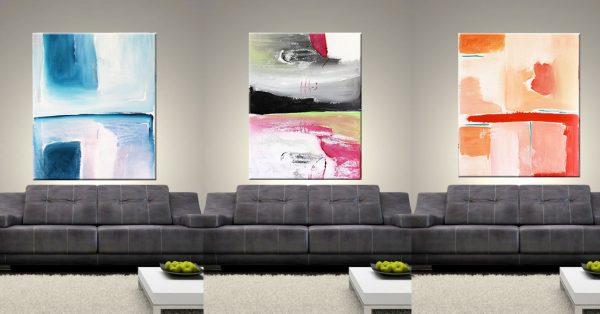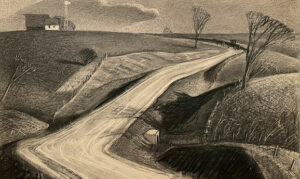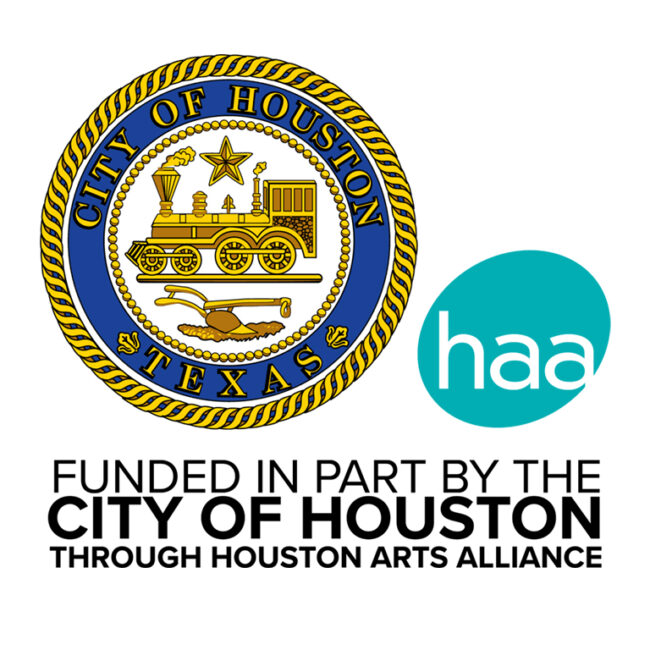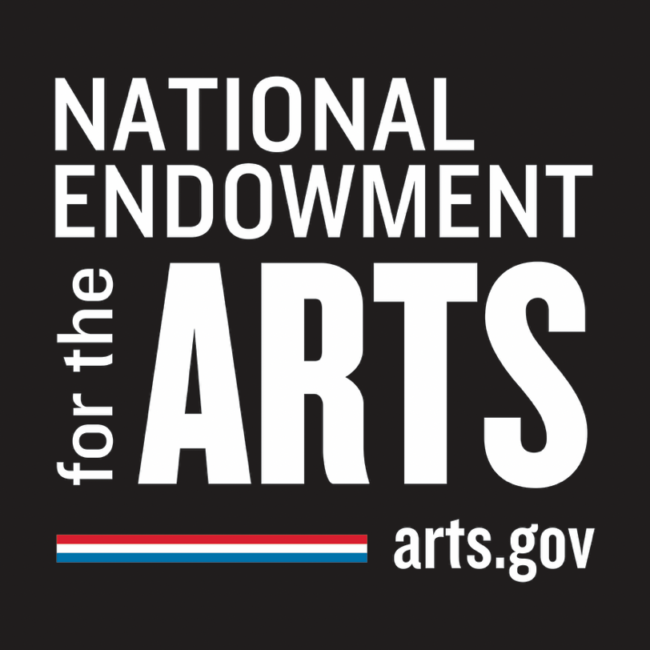Note: The best art being made today does not fit neatly into any of these categories, but it usually touches at least one of them.
1. Mere Decoration
I say “mere” facetiously, because good decoration — good aesthetics, good design — is deeply satisfying and essential, and something we should all try to surround ourselves with. Also there is a rich history of artists working in design: the Bauhaus; Donald Judd; today’s “Sloppy Craft” movement (to name a few).
But while art can be decorative, the purpose of art and the purpose of decoration are not the same, and too much art being made today is just vacuous, competent decor. Abstraction falls heavily into this category. Nobody, seeing an abstract painting today — no matter how good it is — is going to recoil and say, “Oh my god, what is that?? That’s not art!” Abstraction long ago lost its ability to shock us.
Granted, the point of art is not necessarily to shock. But shock means surprise, which means you are seeing something in a new way. Nearly a quarter into the 21st century, we “see” abstraction (inasmuch as we consider it at all beyond issues of price and brand-name recognition of the artist) mostly as a kind of visual muzak, distant and removed from the World War and postwar context that once made it meaningful.
Of course, “mere decoration” doesn’t just include abstraction. It also applies to a lot of figurative painting and sculpture being made today, as is evident from visiting any art marketplace, from the most craftsy street festival to the most posh international fair. (“Mere decoration” is also true of most immersive or experiential art as well — the main difference being whether one owns the object itself, or owns a photographic record of having seen it.)
Merely decorative art is a prop we use to help create an idea of ourselves as tasteful, savvy, and (in the case of hard-to-get examples) good at competitive shopping.
Decorative art dominates the marketplace today, as it always has.
2. Desiccated Conceptualism
This is “pile of sawdust” art: you walk into a gallery and see a pile of sawdust, and across the room maybe something tacked to the wall and then another little doo-dad on the floor leaning against a corner. After reading a novella of text, you are made to understand that what this is really all about is the artist’s imagined childhood (or their grandfather’s actual childhood) when they visited the beach once and cut their foot on a shell, and how this all relates to global warming.
And just like abstraction, this half-baked rehash of the original conceptual art has mostly lost its ability to shock or surprise us. It’s a far cry from the rigor of the early conceptual artist Douglas Huebler, who said, “the world is full of objects, more or less interesting; I do not wish to add any more.” Huebler was not interested in communicating “meaning;” on the contrary. He and other early conceptual artists would probably stifle a yawn at all these dull, meaning-encrusted installations we gingerly step around in today’s art world.
Desiccated conceptualism dominates kunsthalles, although it is starting to be replaced by #3.
3. Charitable-Outreach-as-Art
People are becoming increasingly anxious about the state of the world today — not that the state of the world is any worse or better than it usually is, but that’s an essay for another day — and artists, along with everyone else, feel compelled to do something about it. This is reasonable and laudable: we should all be engaged citizens, fighting the good fight to make our world a better place. But in the context of art-making, this impulse results in a lot of art that is not art, but rather charitable outreach or art education. This kind of art tends to be feel-good, do-good, and preachy to the choir. The word “community” is invariably pasted onto its materials like a Good Housekeeping Seal of Approval.
Kurt Vonnegut said that during the Vietnam War, artist protests “proved to have the power of a banana-cream pie three feet in diameter when dropped from a stepladder five-feet high.” Which sums up the effectiveness of this type of art: nobody with any real power is paying attention to it.
Charitable-outreach-as-art dominates government-funded art. It is blameless, facile, easily agreed upon by committees, and totally defensible to taxpayers.
[Bonus] 4. This list is not comprehensive.
The art audience is the worst audience in the world. It’s overly educated, it’s conservative, it’s out to criticize, not to understand, and it never has any fun.
– David Hammons, 1986






















Recent Comments